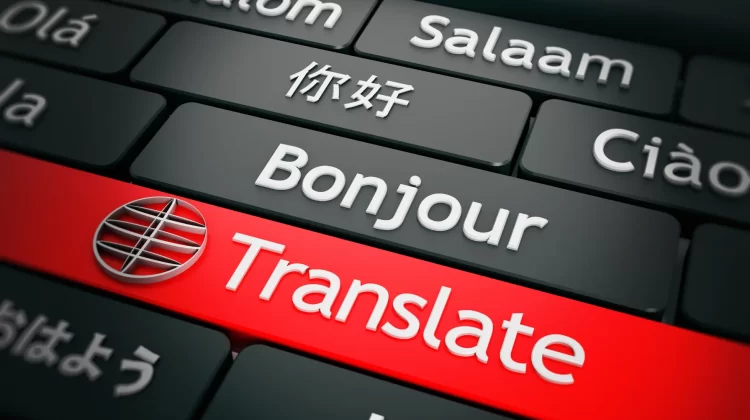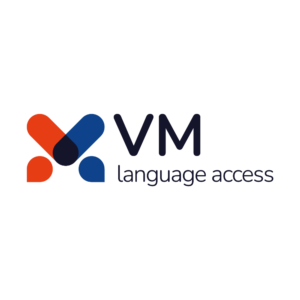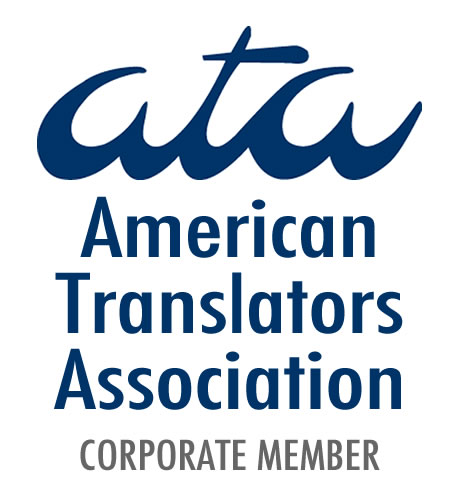
Instant Interpretation vs. Translation: Which is Right for Your Business?
In today’s globalized world, businesses are no longer confined by borders. Companies expand internationally, serve diverse customer bases, and engage in cross-cultural collaborations. But with this expansion comes a major challenge: communication. Language barriers can slow down negotiations, create misunderstandings, and even lead to lost business opportunities. That’s where professional language services like interpretation and translation come in.
But how do you know which one your business needs? If you’ve ever wondered about the differences between instant interpretation vs. translation, you’re not alone. Many businesses struggle to choose between the two, often unsure whether they need real-time spoken communication or carefully translated written materials.
In this article, we’ll break down the key differences between interpretation and translation, discuss their advantages and disadvantages, and help you decide which service best suits your business needs. If your goal is breaking language barriers and ensuring seamless communication, this guide is for you.
Understanding the Key Differences Between Interpretation and Translation
While interpretation and translation both aim to facilitate communication between people who speak different languages, they serve different purposes and require distinct skill sets.
What is Interpretation?
Interpretation is the process of converting spoken language from one language to another in real-time. This is often used in settings where immediate communication is crucial.
Types of Interpretation:
- Simultaneous Interpretation – The interpreter listens and speaks at the same time as the speaker, often using a headset and microphone. This is common in conferences, live events, and diplomatic meetings.
- Consecutive Interpretation – The speaker pauses to allow the interpreter to translate what was just said. This method is used in medical consultations, legal proceedings, and business negotiations.
- Whispered Interpretation (Chuchotage) – The interpreter whispers the translation to a single person or small group. This is often used in small meetings where only one or two participants need language support.
- Remote Interpretation – With the rise of technology, remote interpreting (over the phone or via video conferencing) has become a go-to solution for businesses needing language support on demand.
Interpretation is all about speed and accuracy. Since there’s no time to analyze or edit, interpreters must think quickly and convey messages as clearly and accurately as possible.
What is Translation?
Translation, on the other hand, deals with written text. A professional translator takes a document in one language and carefully converts it into another while preserving meaning, tone, and intent. Unlike interpretation, translation allows for editing, revision, and fact-checking to ensure accuracy.
Types of Translation:
- Document Translation – Contracts, legal documents, reports, and business proposals.
- Marketing and Website Translation – Localizing content for global audiences.
- Technical Translation – User manuals, scientific papers, and product descriptions.
- Certified Translation – Official translations required for legal purposes, such as immigration documents or court submissions.
Since translators have more time to work on content, they ensure not just linguistic accuracy but also cultural relevance and clarity.
When to Choose Instant Interpretation for Your Business
Situations Where Interpretation is Essential
Instant interpretation is invaluable when you need immediate verbal communication. Some common scenarios include:
- International Business Meetings – When negotiating deals or discussing projects with international partners, real-time interpretation ensures smooth communication.
- Conferences and Events – Large-scale events with multilingual participants often require simultaneous interpretation.
- Medical and Legal Settings – In hospitals or courtrooms, accurate interpretation is crucial for ensuring clear communication between professionals and clients.
- Customer Support & Helplines – Businesses offering global customer service use remote interpretation to assist non-native speakers quickly.
Pros and Cons of Instant Interpretation
✅ Pros:
- Enables real-time communication
- Ideal for high-stakes situations where delays could be costly
- Ensures participants can engage fully without language barriers
❌ Cons:
- Requires highly skilled interpreters who can think and speak quickly
- Can be expensive, especially for niche language pairs
- Mistakes are harder to correct in real time
When to Choose Translation for Your Business
Situations Where Translation is Necessary
Translation is essential when you need well-structured, written communication. It’s particularly useful for:
- Legal and Business Documents – Contracts, agreements, and corporate policies must be translated with precision.
- Marketing and Branding – Businesses expanding globally must ensure their website, product descriptions, and advertisements resonate with international audiences.
- Technical and Scientific Materials – Industries like healthcare, engineering, and software development rely on technical translations to communicate complex information accurately.
- E-learning and Training Materials – If your company has employees worldwide, translating training manuals and e-learning modules helps maintain consistency.
Pros and Cons of Translation
✅ Pros:
- Ensures high levels of accuracy with time for revisions
- Ideal for preserving tone, intent, and cultural nuances
- Works well for official and legal documentation
❌ Cons:
- Not suitable for real-time communication
- Requires skilled translators with expertise in the subject matter
- Can take time to complete, depending on the complexity of the text
Breaking Language Barriers: Can Businesses Use Both Interpretation and Translation?
Absolutely! Many businesses find that a combination of both services is the best solution.
For example, an international company hosting a conference may need:
- Simultaneous interpretation during live speeches.
- Translation services afterward to distribute written summaries, reports, or contracts in multiple languages.
A law firm might require:
- Consecutive interpretation for client meetings.
- Document translation for legal paperwork.
By leveraging both instant interpretation vs. translation, businesses can ensure that every aspect of their communication—spoken and written—is handled professionally.
Choosing the Right Language Service for Your Business
When deciding between interpretation and translation, consider:
- Urgency – Do you need real-time communication, or can the message be translated later?
- Medium – Are you working with spoken conversations or written text?
- Accuracy vs. Speed – Do you prioritize immediate understanding, or do you need a polished, precise document?
- Budget – Interpretation often involves higher costs due to the skill and immediacy required, while translation may be more cost-effective for large volumes of text.
Both instant interpretation and translation play vital roles in global business communication. Whether you’re handling real-time conversations or preparing multilingual content, understanding the differences between these services helps you choose the right one for your needs.
Breaking language barriers is essential for international success. By working with professional linguists, businesses can foster clear communication, avoid costly misunderstandings, and build strong relationships across cultures.
If your business needs expert interpretation or translation services, VM Language Access is here to help. Our professional linguists ensure accuracy, cultural relevance, and seamless communication. Contact us today to discuss how we can support your language needs!











